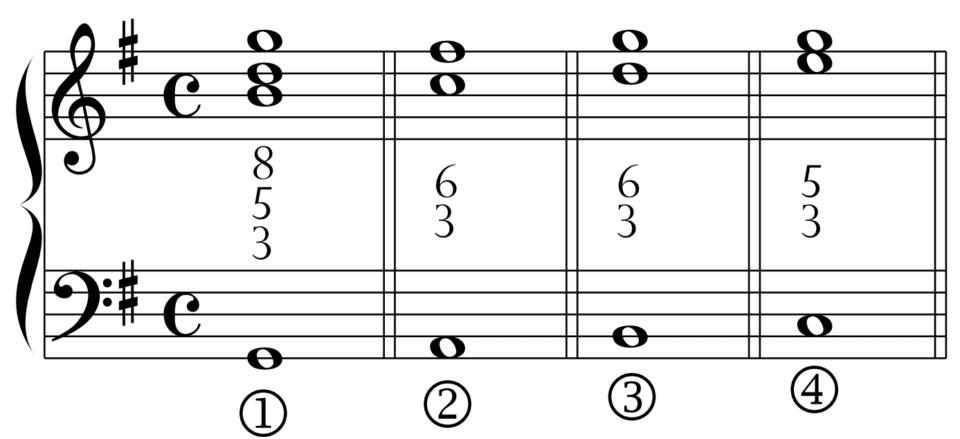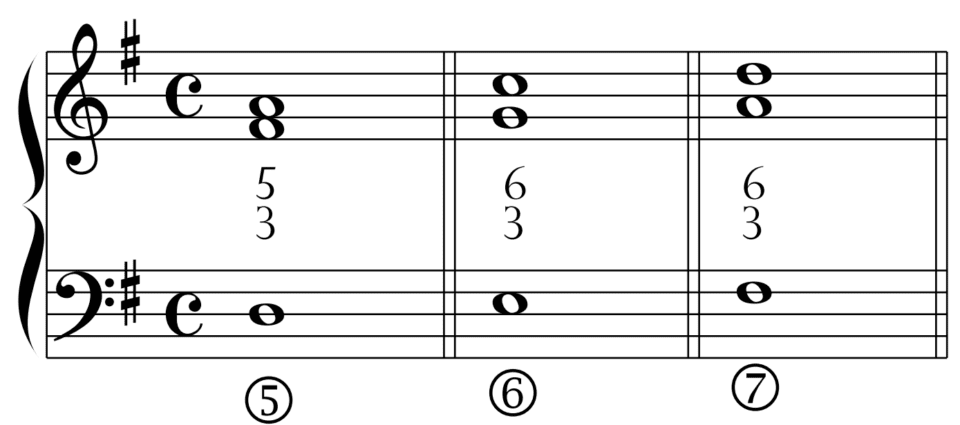Paragrafo introduttivo
What Is Music Made Of?
Everything is made of something; everything has its substance, its form.
But what is music made of?
And why can we distinguish it from noise and chaos?
Fedele Fenaroli puts it plainly: Music is composed of Consonances and Dissonances.
These two elements, when combined according to specific rules, styles, and the poetic licenses of skilled composers, create the harmonies that we so love to hear!
The composer’s true skill lies in this very ability: learning to manage, shape, and combine consonances and dissonances in the most beautiful and effective way possible.

So, what exactly are these Consonances and Dissonances?
Well, experienced Musici Prattici know this very well!
They are intervals, which are relationships between two sounds played simultaneously.
Some intervals produce a relaxed, clear, and stable effect; these are consonances.
The term “consonance” comes from the Latin “cum-sonare,” meaning “to sound together (well).”
Other intervals, however, create a more energetic, harsh, and tense effect; these are dissonances. “Dissonance” comes from the Latin “dis-sonare,” meaning “to not sound together (well).”
We’ve mentioned that in music, intervals can be either consonances or dissonances, and these are indicated by numbers: 1, 2, 3, 4, 5, 6, 7, 8, 9; sometimes even higher numbers like 10 and 11 are used.

How are Consonances classified?
Musici Prattici read and pronounce these numbers ordinally: first (or unison), second, third, fourth, fifth, sixth, seventh, eighth, ninth, tenth, eleventh, and so on.
Among these numbers, some intervals are consonances, and others are dissonances.
- The Consonances are the 3rd, 5th, 6th, and 8th.
Two of these are also referred to by Musici as Perfect Consonances because they are unchangeable and are perfect as they are: these are the 5th and the 8th. - The other two are called Imperfect Consonances because they can be either Major or Minor: these are the 3rd and the 6th.
How can they be applied in music?
These consonances and dissonances can be organized within a musical scale that spans an octave.
The challenge for all Musici Prattici is to use them as effectively and efficiently as possible to achieve the desired effect!
In this video, we’ll explore the basic rules of consonances and dissonances with the help of Fedele Fenaroli and his Rules Book of Partimenti.
If you’re interested in learning how to master, manage, and manipulate consonances and dissonances to compose your own music and become a Musicus Practicus, check out the services I’ve designed specifically for you to help you master the art of music! You can find them at the bottom of this page!










